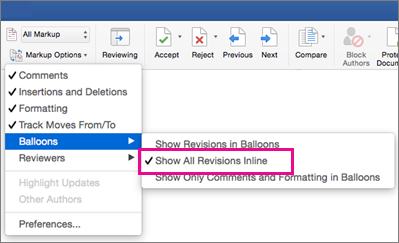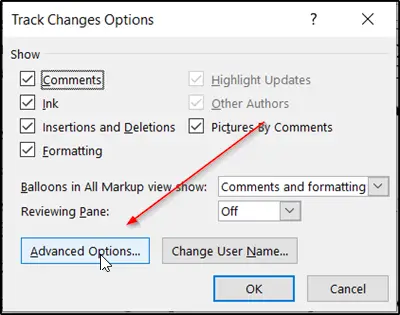

You can also choose to accept or reject all changes at once from the drop down menus beside each option. To do this, simply click on the changed text (or the note in the margin) and then select either Accept or Reject from the Review tab. If you are reviewing a document, you can either accept or reject changes made by another person. The comment will appear in the right margin of the document. You can also comment on pieces of text by selecting New Comment from the Review tab. When you reformat text, the type of reformat will be noted in a comment in the right margin of the document. When you delete text, the deleted text will be noted in a comment in the right margin of the document. When you add text, the added text will be in a different colour to the normal text – making it easy to spot for reviewers. Any changes you make to the text will be marked by a grey bar on the left side of the changed text. Once Track Changes is turned on, you can start editing the document.

#TURN OFF TRACKING IN WORD DOCUMENT HOW TO#
If you do not know how to use Track Changes, Microsoft has a very useful online guide to using Track Changes. Reviewers can then accept or reject changes. Track Changes will record any text you add, delete, reformat, or comment on. This allows us to clearly see what edits have been made and greatly speeds up the amount of time we spend editing web pages. In addition, it gives more power to the owner of the document who can accept or reject any changes made to the document.ĭigital communications often shares Word documents containing website content with colleagues across the University, and asks them to use Track Changes to make edits or queries. It is particularly useful when you are sharing documents with other colleagues, because it allows you to see exactly what changes were made, and by whom. In this post, I’ll teach you how to use Track Changes to edit Word documents, and how to accept or reject those changes as a reviewer. While in the document, on the Review tab, under the Tracking group, click Track Changes. It’s a feature that comes in handy when editing a document as a team. With this feature, you can track and view all changes that are made to the document. As long as you opened it as described above the document will save back to the shared location in the cloud, along with all the changes and tracking information you just made.Track Changes is a tool in Microsoft Word which allows you to show any markups, changes or comments made to a document. Enable the Track Changes feature in Microsoft Word 2016.

By hovering over a change with your cursor a dialog box will appear that will show you who made the change and when.Īfter you make your own changes to the document you should save it. Then you will see all the tracked changes in the document. Then you can click the Review tab and set Tracking to All Markup. This will open the document in your local Word 2013. The best way to view changes is to select to Edit the document in Word. As people who have access to the document and make edits, the changes are tracked.To turn on tracking open the document in Word 2013, click on the Review Tab and turn on Track Changes.First Create the document in Word online.Setup the online Word document for tracking:.In order to set up tracking changes to an online Word document you should do the following: When you turn it on, any edits you make are noted in the document as 'markup. Here is the way that Track Changes is supposed to work in Word.
#TURN OFF TRACKING IN WORD DOCUMENT INSTALL#
Tracking changes to shared Word online documents can only be viewed from a local install of Word 2013. As a final step, she changes the view of the document to 'Final' and saves it, but when the document is next opened, it has reverted to 'Final Showing Markup'and all the changes are back again. Tracking Changes in a Word Online document


 0 kommentar(er)
0 kommentar(er)
